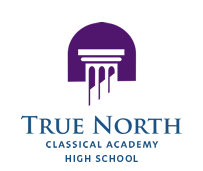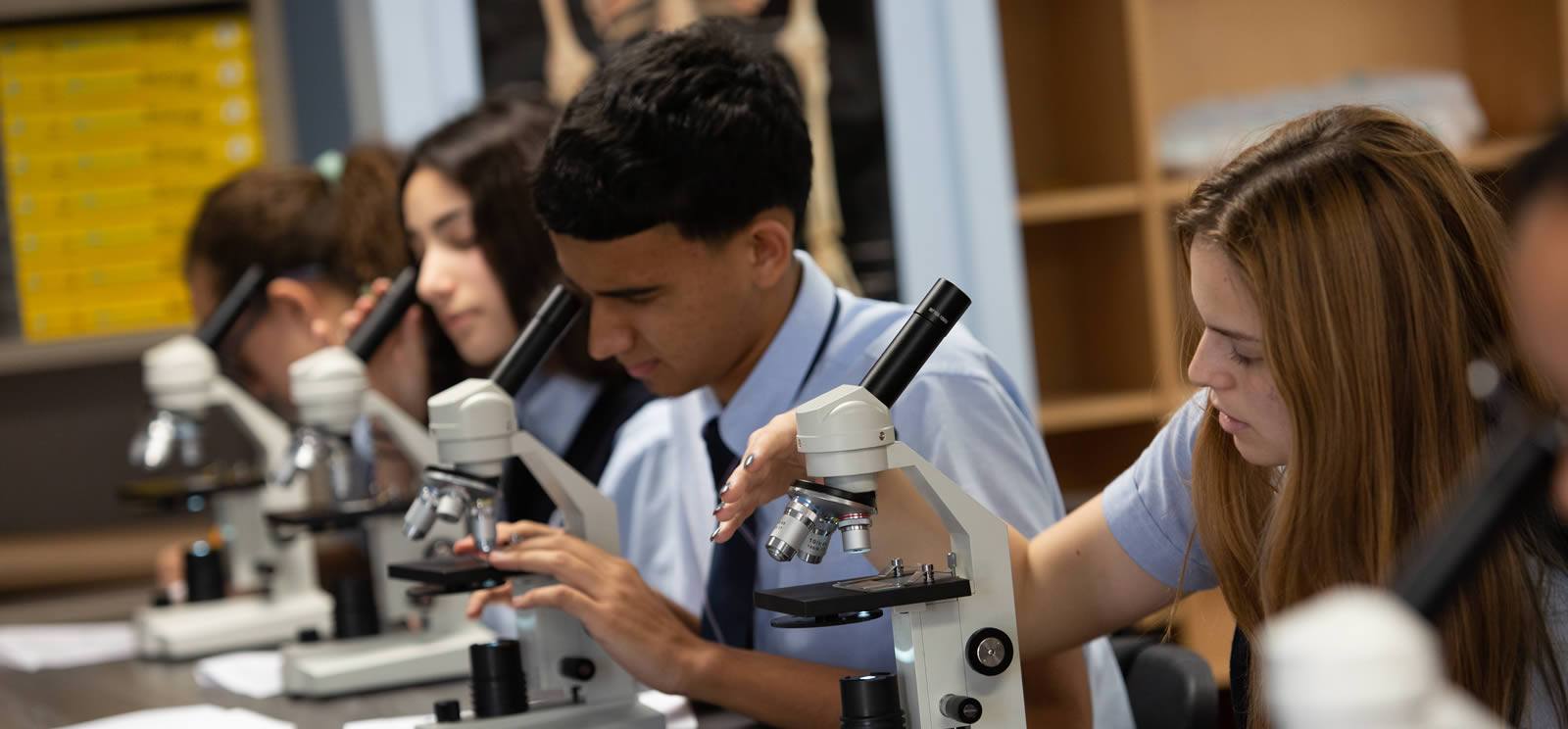True education has always rested on two presuppositions. The first is that truth is desirable for its own sake. It is good not for what it does, but for what it is. The second is that knowledge consists not in bending the truth to ourselves, but in conforming ourselves to truth. We can only conform ourselves to truth by freely embracing and loving it, and we can only love truth if we are enticed by its beauty. Love of beauty has therefore always been integral to the discovery of truth and true education has always sought to form the heart and mind, reason and will, desire and knowledge. In short, education forms the whole person in light of truth, beauty, and goodness.
The Vision Statement seeks to root a comprehensive understanding of education in a compelling and beautiful vision of reality worthy of students‘ love. This vision is intended to govern every facet of the school‘s life. Its aim is twofold: first, to communicate a certain body of knowledge; and second, to cultivate a certain kind of person, to develop as far as possible what is uniquely human in him, and so to equip him with the skills, habits, and aptitudes necessary to embrace truth and to become the person he was truly created to be. Immediately it becomes clear that no aspect of a school‘s life is truly “extra- curricular‘ or falls outside of its core mission of education, because every aspect of its life—from the way the school gathers in the morning, to the dress code of students and staff, the arrangement of furniture in the classroom, the paint and posters on the wall, the activities during recess, the way technology is used, and the songs the children sing—reflects the school‘s judgments and priorities about the meaning of its educational mission. Everything a school does teaches something. Everything a school does is education of some sort. The important thing is to be sure that it is good and coherent education and that policies, procedures, pedagogical methods, and the culture of the school are not at cross purposes with the vision.
Curriculum, pedagogical methods, and all the details of the school‘s life should therefore be constantly assessed both in light of the conviction that knowledge and love of truth, beauty, and goodness are ends in themselves and in light of the twofold goal of the Vision Statement. Every activity, program, policy, method, or proposal should be tested by the following criteria, which follow from this vision, though not all are equally applicable to each of these facets of the school‘s life.
Customary of Classical schools is the division of its learning into three distinct stages: grammar, logic, and rhetoric stages. In the grammar stage (K-4), we seek to engage the natural desires of children to explore the world around them. This natural awareness, sense of wonder, and love of learning is cultivated in students as they pursue truth, beauty, and goodness with a joyful spirit and love for life. We want to instill in our students a lifelong love of learning when the early experiences of education are rewarding and positive. The early childhood experiences of the grammar stage develop the essential building blocks for higher levels of cognitive work accomplished in the dialectic and rhetoric stages. Students take pleasure in memorization while chanting the Presidents of the United States, States and Capitals, famous historical events, and short poems and prose. The rules of phonics are taught, math facts are memorized, parts of a plant, animal, and the human body are identified, and grammar – the foundation for understanding language – is laid. Latin, too, helps to solidify the structure of language and begins to refine thought.
In the logic stage (5-8), students learn the art of thinking and reasoning well. Students apply the rules of grammar learned in the grammar stage to the skill of reasoning, questioning, and arguing in a way that seeks what is true. Students are no longer satisfied with prepackaged answers and facts to memorize. They want to know: “Why?” One of the chief goals of logic school is to train the minds of the students to distinguish sound arguments from ones that are not. This is accomplished through formal training in Logic. More prevalent in our curriculum during the Logic stage is the “Socratic” method of teaching. Named after Socrates, who was an early philosopher, the purpose of the Socratic method is to teach students to ask and follow questions to their logical conclusion. This skill is widespread in all of our logic school courses. In a way, every teacher models the Socratic method of instruction by intentionally requiring students to ask and follow the most significant questions of their discipline. The skill of dialectic gives enduring value to the facts memorized during the grammar stage.
Students in 9-12th-grade are referred to as the rhetoric school because, during these years, the subject of rhetoric is emphasized most. Rhetoric, which is the art of speaking and writing well, is taught and practiced in every subject and class. It is otherwise known as the art of persuasion; and since the goal of a classical education is the pursuit of truth, beauty, and goodness, those who excel in this art are able to lead others to these noble ends. This can only happen after students have mastered and have deep understanding of the structure of language (grammar stage ) and the way it can be used logically (dialectic stage). In the rhetoric stage, students become self-motivated and self-correcting learners and are able to express themselves with clarity, depth, and originality. The student is not only able to engage in analysis of complex information, but is able to synthesize this information with other data in oral and written form that allows them to clearly articulate their understanding. During this stage, students are engaged in in-depth discussion with original classics and through discussion learn to refine their own thinking about a particular topic. Critical evaluation and graceful self-expression is the fruit and climax of twelve years of learning.






